Unearthed
I dug a little more on my swale, and with reports we could have more storms during the week, I thought to find something to cover the soil with. I had a few plants nearby which could do the job.
Enter my pruning like a forest, because by the look of them, it was time for some plants to be rejuvenated as well!
In decline
This is Wormwood, or Artemisia absinthium, which I've already started to open the woody shrub up with my secateurs. You can tell when they are ready to be pruned when the leaves start to turn yellow and especially after they've set seed - which mine had already done.
Yellowing and dried leaves
Woody perennials really need to have their canopy cut back or they risk forming deadwood. With no air circulation or light, new growth cannot make its way through the canopy. Add too much moisture during the rainy season, and its perfect for some branches to simply die.
Why wait for that to happen when you can help nature along with the process?
Emerging
By removing branches, I get sunlight and air to reach the new emerging growth. What's more, I get my free mulch and seeds to throw around where I need them.
It's a win for everyone, and look how close my plant was to the area needing mulching, underneath the mulberry tree.
Wormwood prunings, and mulberry tree in centre, background
But I didn't stop at the Wormwood, because I also had a curry plant which needed some attention. I love both these plants because they're incredibly hardy in drought, but they're very susceptible to dying from the inside out, if you don't give them enough air circulation.
Curry plant
I get most of my deadwood on the lower branches, because there's the least amount of air circulation between the plant and the hot retaining wall. By giving it a trim, it benefits the plant and I get extra mulch for my time.
If you have lavender, they also benefit from treating them the same way. Plus all these plants smell so lovely when you're working with them!
New swale under the mulberry
Altogether, it was enough material to spread a thin layer over my newly dug soil. It won't take long for the prunings to dry out, then it will be ready for another thin layer of something else I can find to trim.
I have made several successful cuttings from the wormwood and they are in the process of getting bigger...
Multiplying
One year in the ground, and its tripled from the size I started with. Wormwood is a fast growing shrub, and definitely part of my chop and drop mulching crew. If you have a hard time growing some of the more prized permaculture plants for chop and drop, like pigeon pea, tagaste and arrowroot, simply because you don't have enough moisture, consider the wormwood, or any water wise plant that will grow in your conditions.
Its not going to benefit the soil as much as other plants (especially nitrogen fixing ones) but its going to grow and provide mulching material for the soil, nonetheless. Having something is better than having nothing.
Next time you're tempted to buy a bale of something for mulch, have a look around your garden and see what needs to be pruned like a forest.


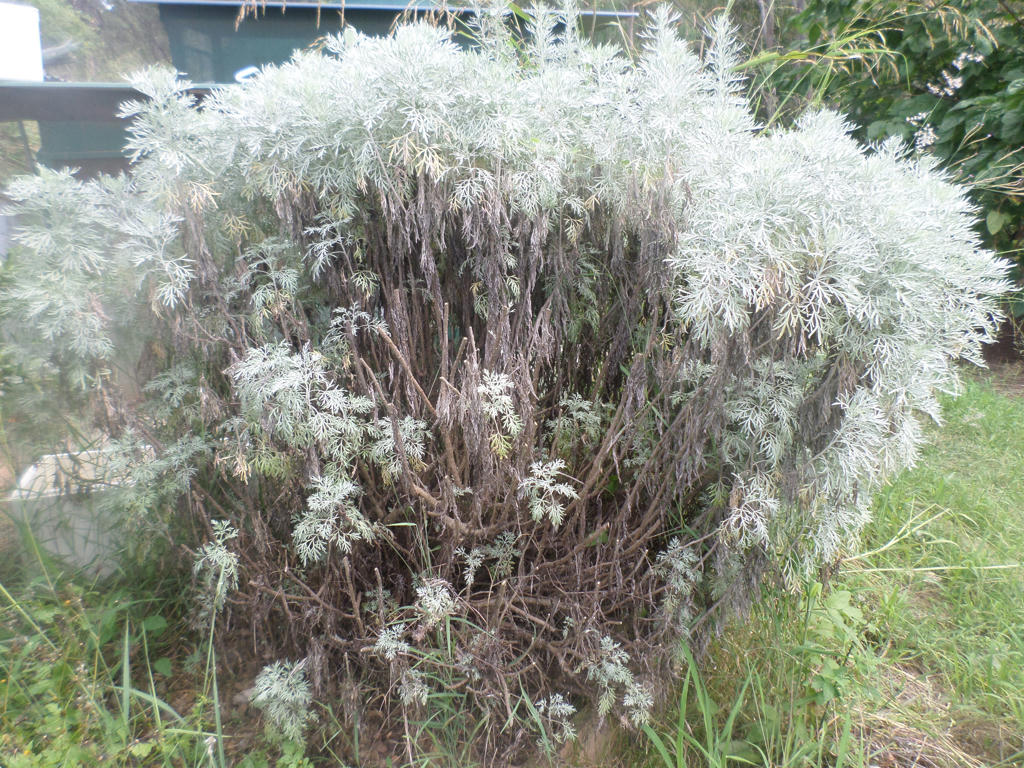
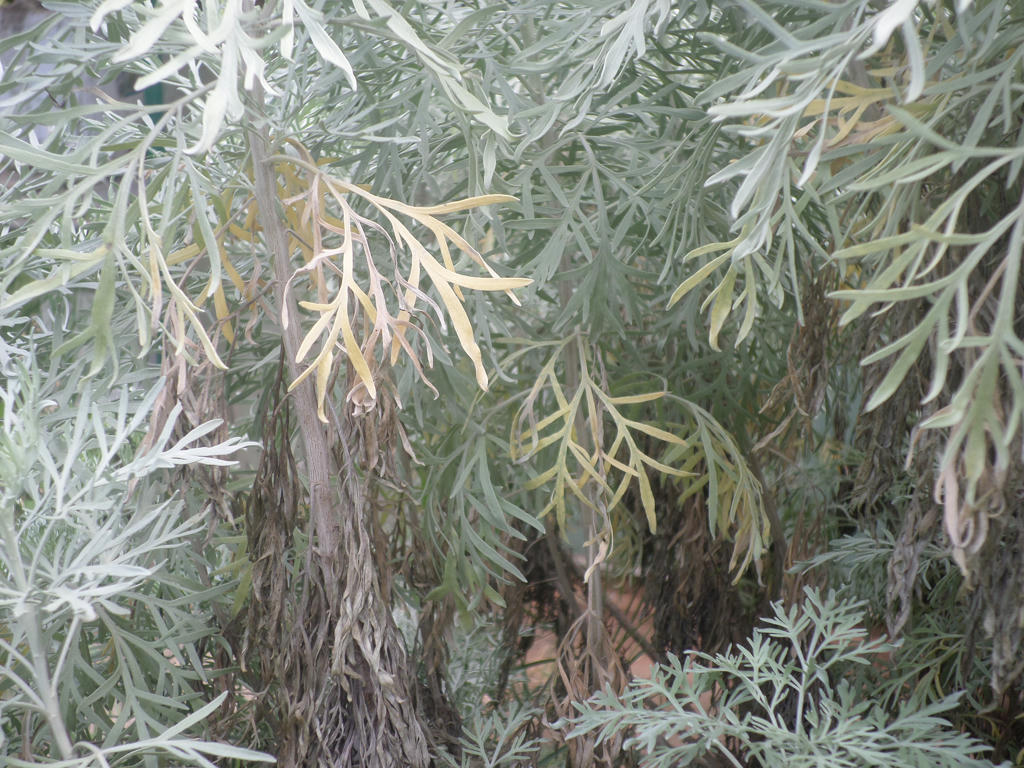
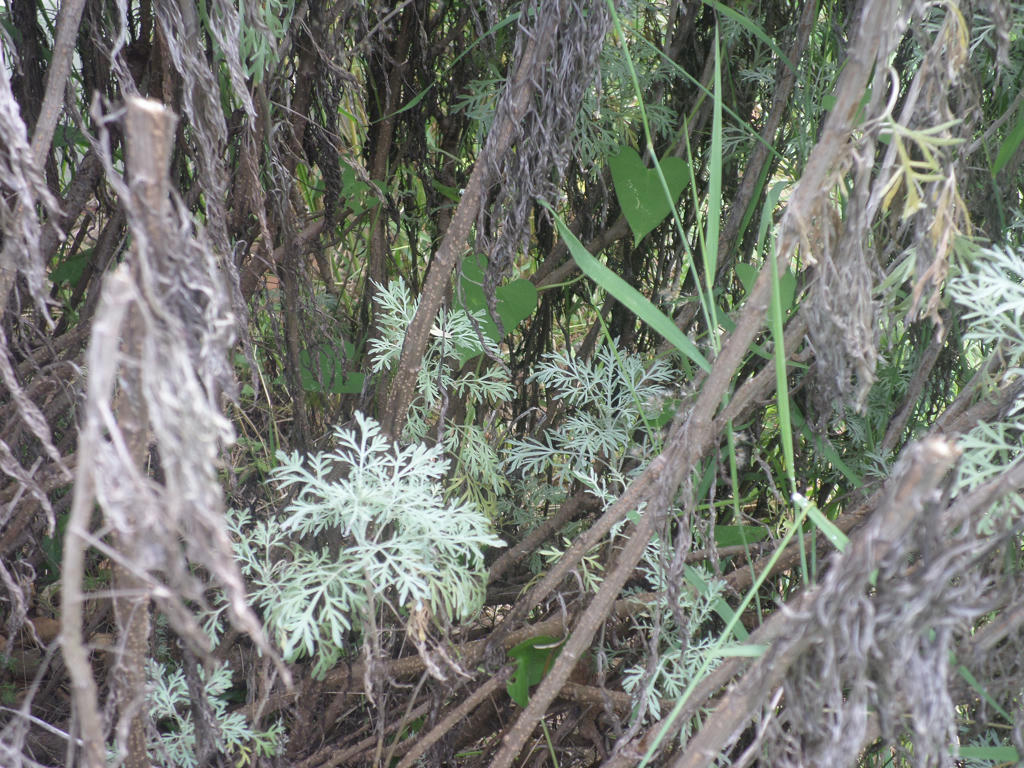
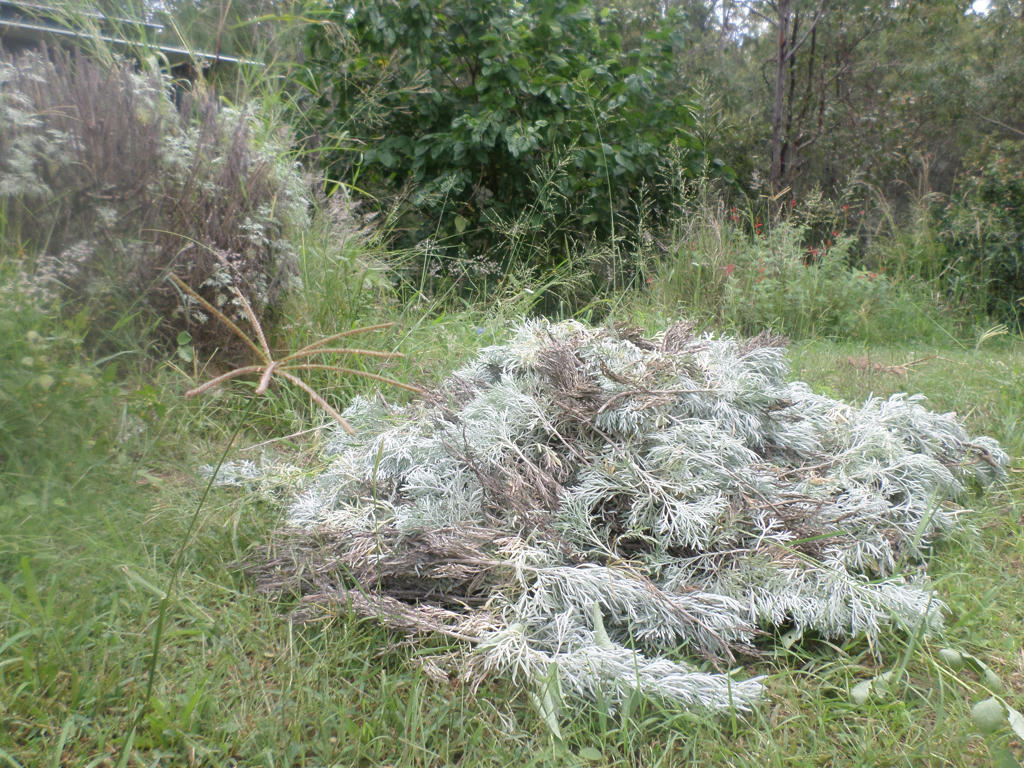
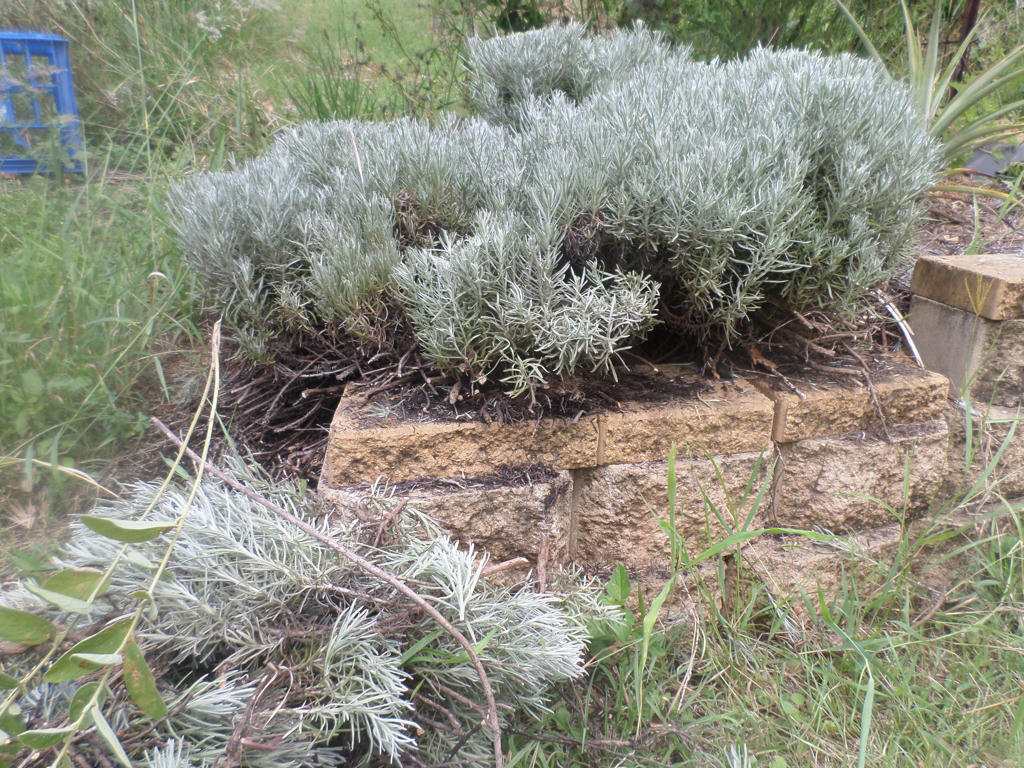
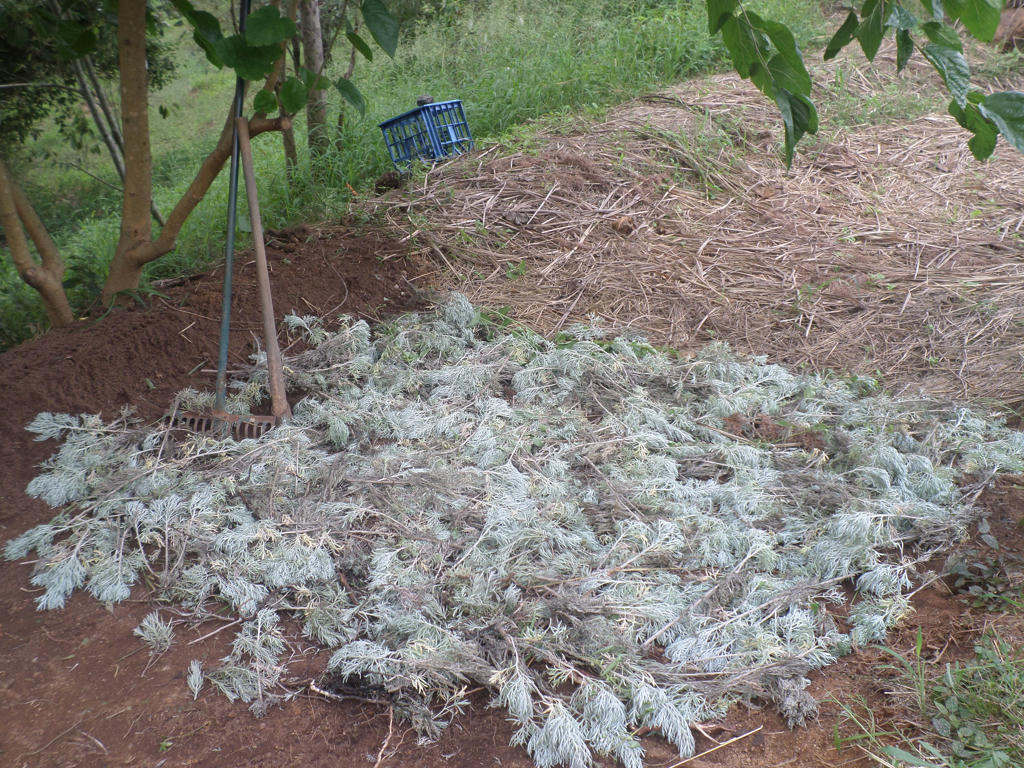
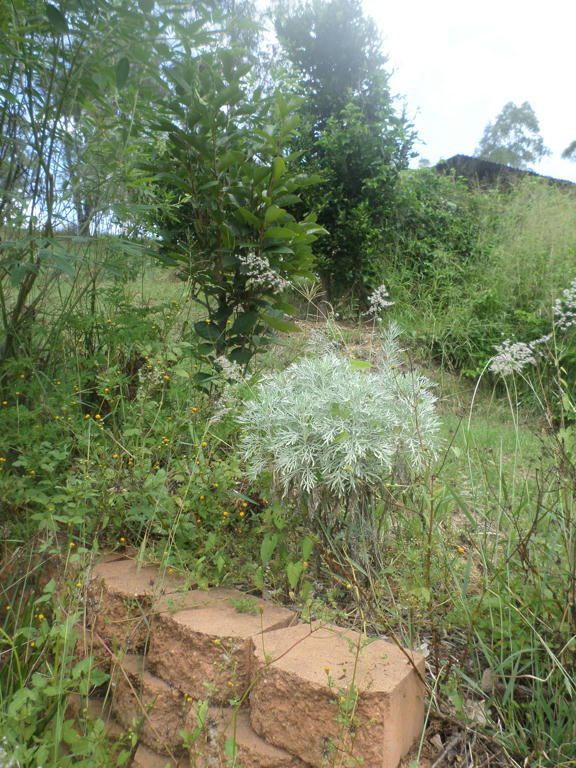
I am very envious of that wormwood plant! I watched a video on permaculture a while back that recommended that wormwood be placed around the chicken coop to control mites or what have you. As an herbalist, wormwood is something I wouldn't use much myself (unless I made my own absinthe) but its an anti-parasitic. I personally just love its look and that it can be used in planting to control insects and so I planted it near our apple tree last year-hoping it will do the job. Another easy to grow chop and drop for Northern Hemisphere is comfrey.
ReplyDeleteI've read you can make a tonic from it, but its potent stuff. I'm sure you know what you're doing, but I wouldn't trust myself, lol.
ReplyDeleteI did grow it for the reasons you stated too, to keep parasites away from the chicken coop. Although it tends to keep the chickens away as well. So I use it sparingly inside their coop now. They don't mind it when its growing outside, but when I cut it, I crush the oils and it seems to keep them away until the smell goes away.
Comfrey is great *I hear* and if only it would live through one of our summers, I'd love to see it perform as a chop and drop. It seems to love the colder climates more. Though I may have just managed to get one to live. I'll see what next summer has to say for it. ;)
Wormwood does have tonic capablitiles but its a very bitter herb and pungent so I'd not turn to it for that effect unless somebody was really in need of it and I would study it alot before I used it internally. Its not a plant I have really looked into beyond its legendary use as a parasitic or in absinthe.
DeleteI just dug up some comfrey to replant in other areas of the property. It actually grows wild around here and people dislike it a lot! I'm not sure about colder climates-I'd try it out again to see if its just that it needs the right spot. I have it in shade and in full sun if that helps?